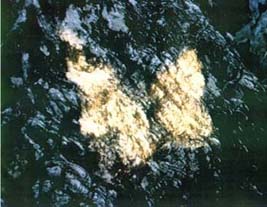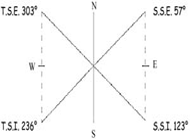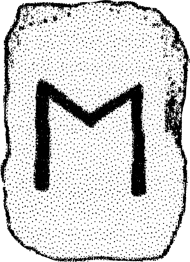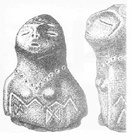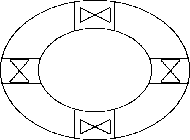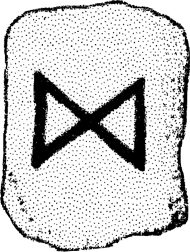|
Marija Gimbutas had
interpreted the "butterfly like the soul that transmigrates" toward
the generating-constellation (Gimbutas M., 1990) and "holds
that the butterfly is the embodiment of the principle of Transformation"
(Streep P., 1994). The same meaning is recognized in the
"Jahrbuch der Gesellschaft fur vergleichende Felsbildforschung
-1985/1986" in which we may read: "Gegeneinander gestellte
dreiecke konnen auch fur die wiedergeburt, hier an der sonnwendlinie
fur auf und untergang des jahres empfunden werden" (Fig.
1 - two opposite triangles may also be known as rebirth
sign, here for the alignments of the sun at the solstitial sunrise
and sunset).
In the Grecian language
the word Psyché means the human soul and in the
Grecian Dionysian myth Psyché is represented as
a girl with butterfly wings, which loves Love, symbolized by the
Sun! The syncretism present in the Grecian language is proof of
a more ancient tradition.
In Mexico they use
to design a red butterfly on the back of the dead (Eve Ewing,
personal communication in La Laguna, 1999) and in the Sonora
Desert it is like "guardian angel". The symbol of the butterfly
is also presente in Chile, in the Mapuché people (Fig.
2 - Carlos Gonzalez Vargas, 1999). In South Italy the
little white butterflies are considered the souls leaving Purgatory
(Romeo Frigiola, personal communication, 1998).
For the Celtic people of Ireland and France the human souls were
embodied in the butterflies (Cattabiani A., 1998).
It's interesting to notice like the symbols of the butterfly and
the M of Cassiopea are also present in the most ancient runic
alphabet, found on runes with literary function, known like Elder
Futhark; the "M" of Cassiopea is represented by the rune Ehwaz
(Fig. 3 - function of metaphysical transport and power)
and the butterfly is represented by the rune Dagaz (Fig. 4
- the day, the light that returns after the darkness, here the
rebirth) (http://www.tarahill.com).
|
